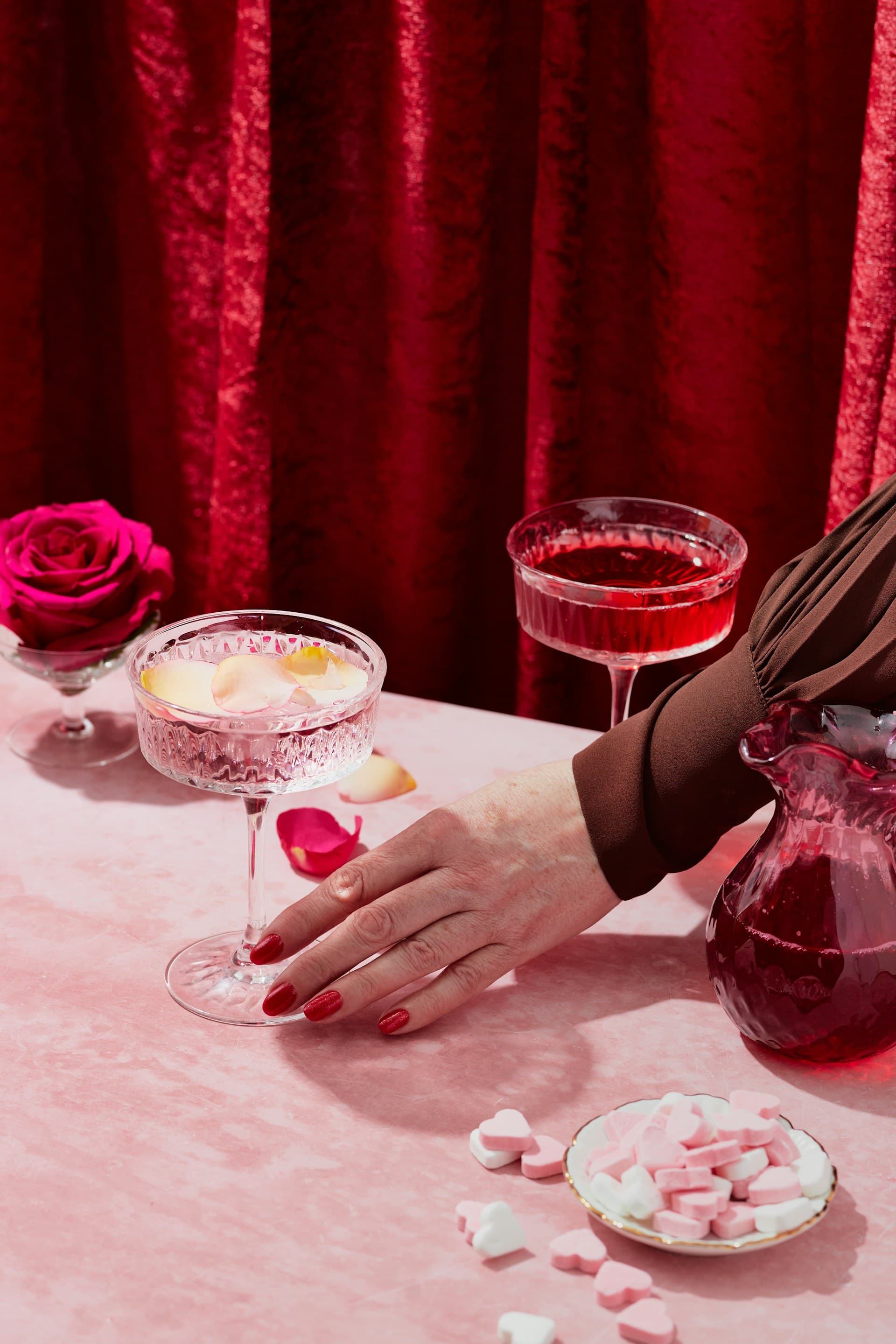Rose Flavour In Drinks: Science Behind It's Floral Profile In Mixology
Floral elements have always had an important place in the world of mixology. From lavender to elderflower to jasmine, the essences of different flowers are brewed and extracted for making syrups and infusions that are used for blending drinks with potent floral notes. One such ingredient used often in mixology for its aroma and flavour is rose.
Highly versatile floral elements, rose petals are used as fresh and dried garnishes, are turned into syrups or are blended with sugar to add complexity and depth into different alcoholic and non-alcoholic blends. And when it comes to preparing these mixes, what is involved is an understanding of the different textural and flavour compositions of this ingredient that enable a mixologist to craft drinks complete with a rose’s visual, olfactory and sensory characteristics.
Read on below to know more about the science of rose’s flavours and how they can be used for highlighting floral notes in diverse mixes:
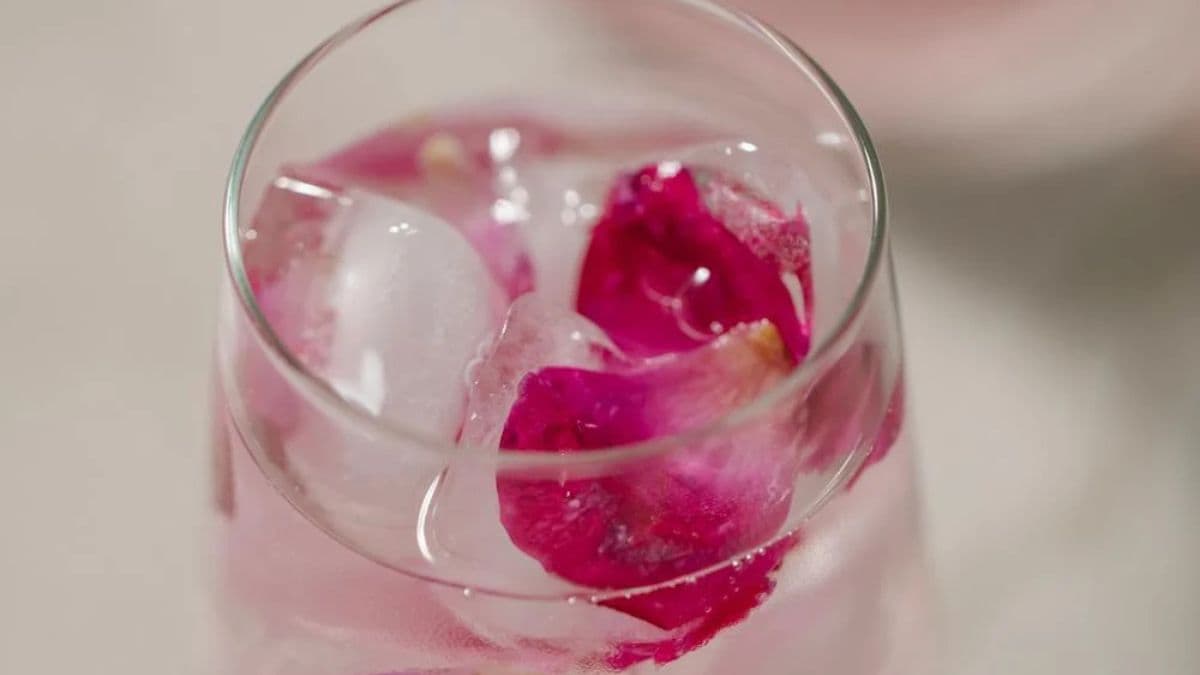
Essential Oils For Aroma
One of the most striking elements in any rose flavoured drink – from gulkand lassi to a simple rose and gin fizz made using 30 ml Tanqueray No. 10 Gin or any other premium gin of choice – is its aroma. The slightly citrusy yet sweet smell of this flower is contained in essential oils which seep into infusions and syrups complete with the floral ingredient. This aroma brings a soft, sweet touch and infuses a light clove-like spice into drinks to lend simple blends lots of depth and complexity.
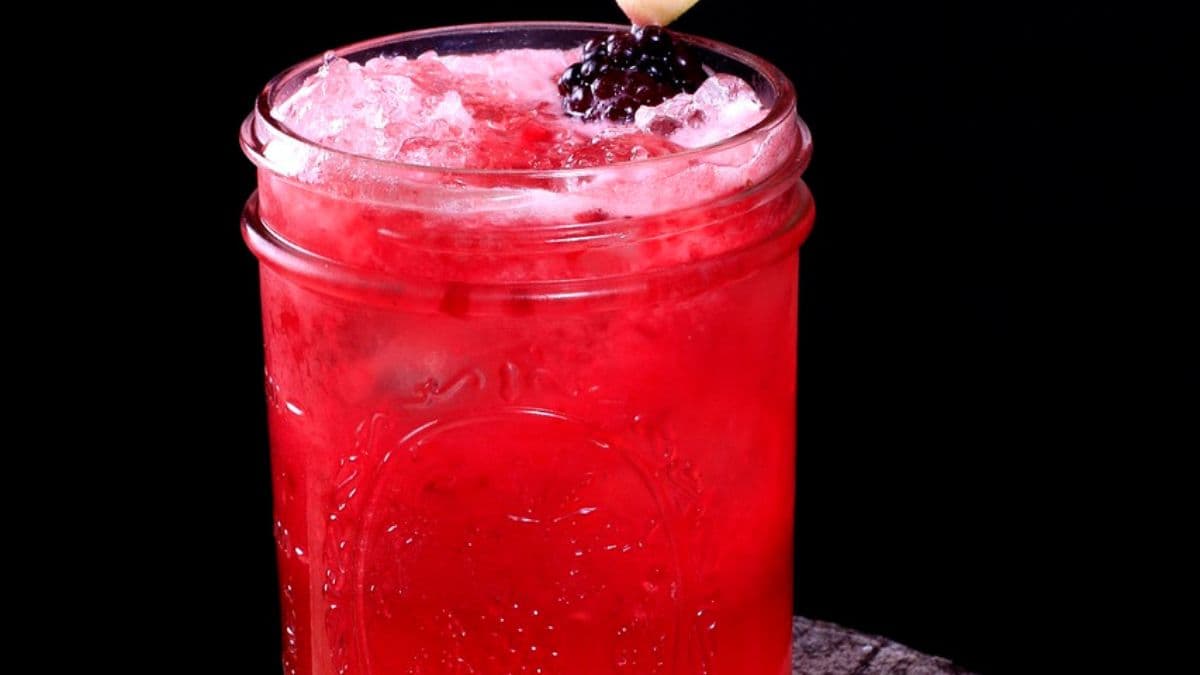
Astringency And Structure
Another important element in roses is tannins. These are simple elements present in flowers and barks which lend them an astringent taste. Roses are complete with this sweet yet subtly deep note akin to the one found in certain teas or wines. This astringency also gives more full-bodied flavour to a syrup or an infusion, building into the floral taste. Drinks made with rose-forward flavours can then contain pronounced floral notes without becoming too delicate or diluted.
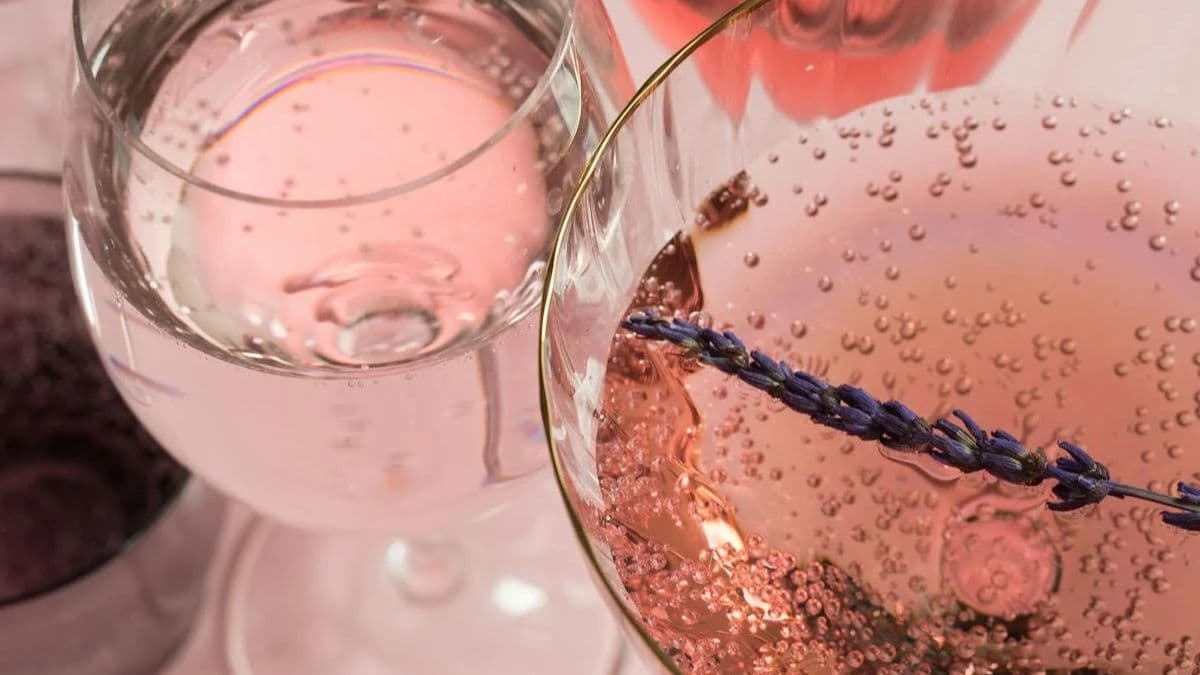
Pink And Red Hues
One of the more significant roles that roses have to play in drinks is imbuing them with red and pink colours. A simple gulkand milkshake made out of a rose and sugar mix blended with cream has a uniform pinkish hue that pops in a glass. Often, simple syrups are infused with the flower to not only add scent to a drink but to also release into them a pinkish, reddish hue. Ingredients low on acidic qualities such as tonic water then go well with roses as the colour of the flower remains intact.
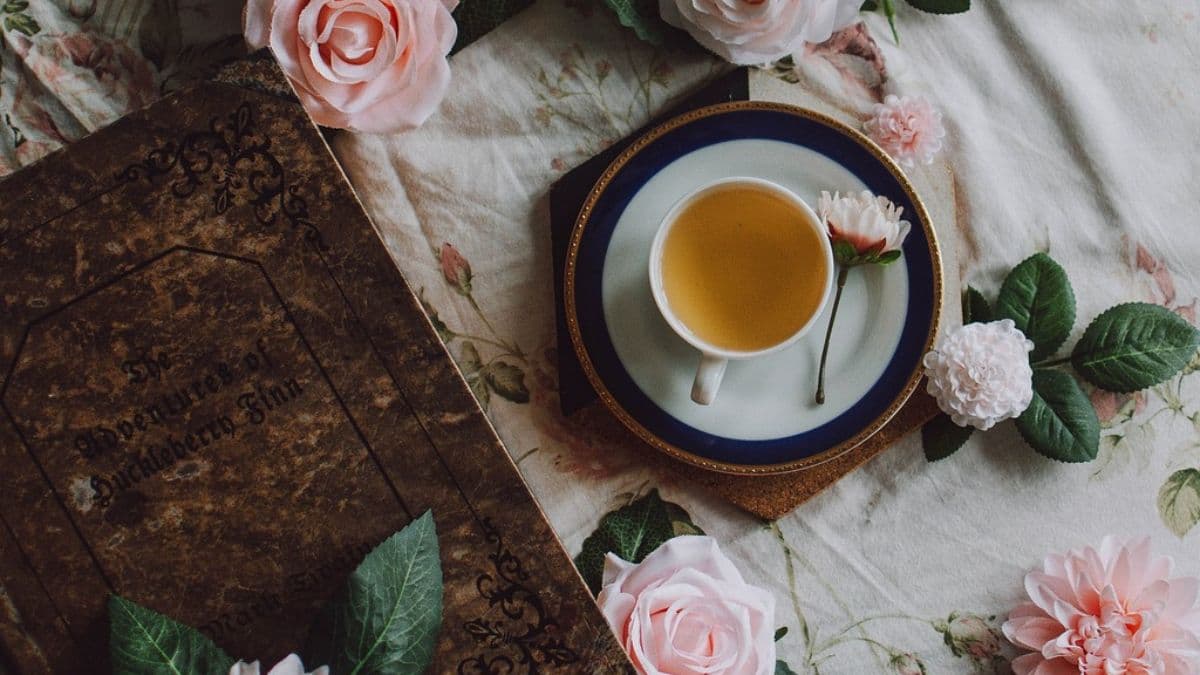
Rosy Flavours
Along with aroma and colour, rose syrup and rose water add lots of taste to different cocktail and mocktail concoctions. Inevitably, one of the most important characteristics of this floral ingredient is its flavour.
While syrups are often used for balancing cocktails by adding light floral flavours into them, rose liqueurs are incorporated into drinks to infuse them with a sweet, rich rose essence coupled with a subtle fruit-like ripeness. Rose petals steeped in alcohol infusions or sugar syrups contain more pronounced flavours of this ingredient whereas rose tea carries a lighter note that can introduce some subtle floral flavours into a blend.

Flavour Pairings
Rose petals and rosewater pair really well with certain flavours. While making simple rose infused cocktail and mocktail blends, rose liqueur or rose petals can be paired with strawberries and lychees to build on their sweetness. Citruses like lime will add more acidity to rose-flavoured blends without overpowering their floral notes. As well, spices such as cinnamon and saffron are excellent additions to rose-forward cocktails because they complement the deep and warm notes of this flower. Finally, roses are also an interesting pairing with teas for a coupling of earthy, tart and floral flavours.
Drink Responsibly. This communication is for audiences above the age of 25.




